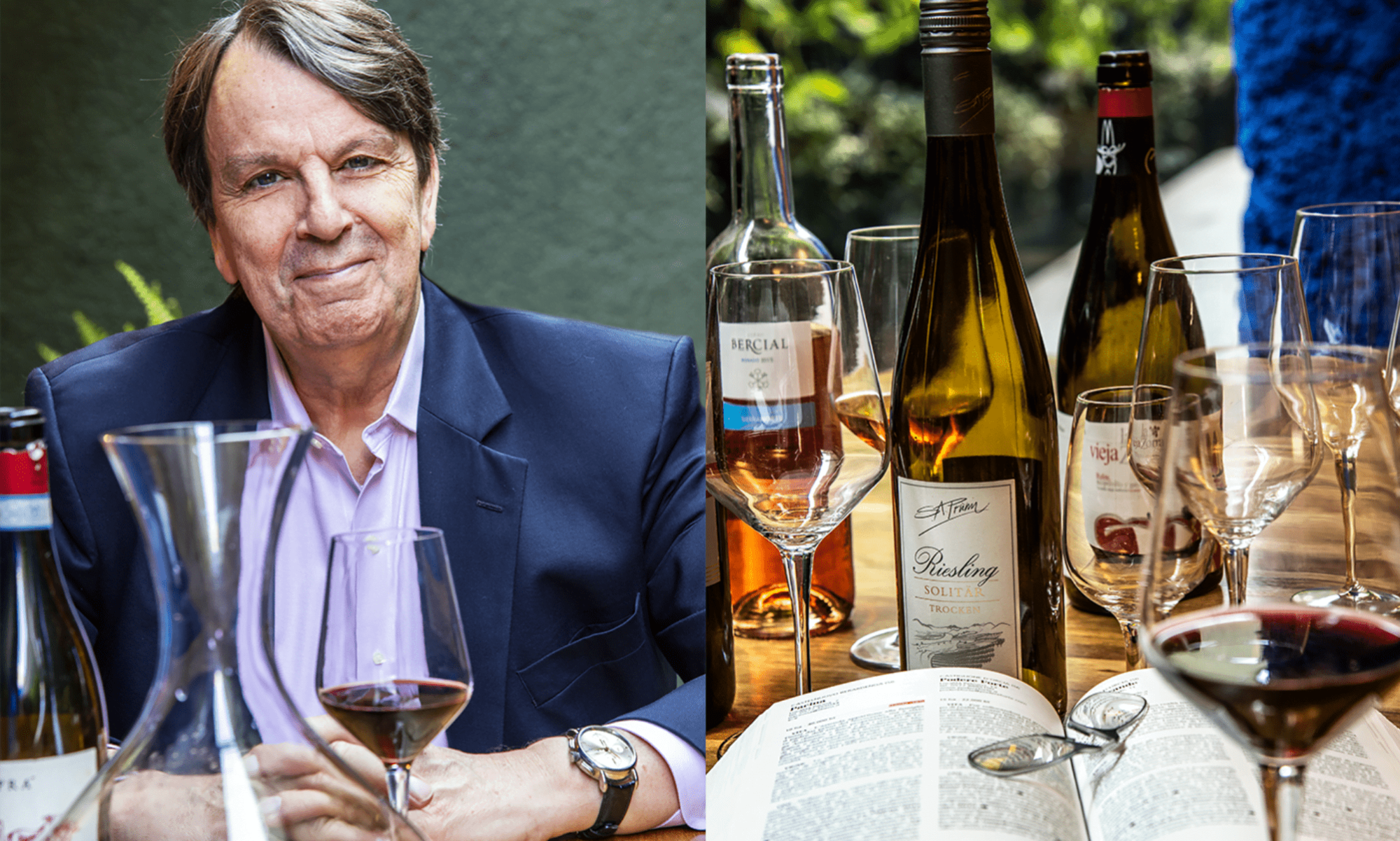The 2013 Barbaresco Montestefano Riserva is a lovely wine, produced by the Produttori del Barbaresco, the cooperative of smaller vintners in Barbaresco. A priest in Barbaresco founded the cooperative in 1958, recognising that the smaller producers only had a chance of surviving if they combined their forces, thus creating the critical mass to produce high quality Barbaresco. The Produttori del Barbaresco now joins some 51 vintners, altogether a total of more than 100 hectares. They produce around 500.000 bottles a year, 50% of which are basic Barbarescos, 20% Langhe Nebbiolo and 30% Barbaresco from the nine classical single-vineyard sites.
Terroir and Winemaking
Single-vineyard wines like this 2013 Barbaresco Montestefano Riserva are only produced in great vintages. The Montestefano vineyard has a total surface of 4.5 hectares, with south-south-east exposure. Its soil is calcareous limestone. 32 days of skin contact, fermentation at 30°C. Wines age for 36 months in oak barrels, followed by bottle aging of another 12 months. In other vintages, this may vary – the 2015 had only 9 months of bottle aging. The Produttori mark total number of bottles produced on the bottles (17.104 in this case, plus 1.448 Magnum bottles). Each bottle shows its individual number (this wine is 2.209). The Produttori del Barbaresco claim that the wine has a potential of 20 years, according to the data sheet.
Barbaresco vs Barolo
Like Barolo, Barbaresco is made 100% from the Nebbiolo grape. The Barbaresco region’s microclimate is a bit warmer than the Barolo region, consequently allowing the grapes to ripen a bit earlier. DOCG requirements for Barbaresco differ a bit from Barolo, taking into account that Barbaresco is ready for consumption earlier than a Barolo.
Description of the Wine
The 2013 Barbaresco Montestefano Riserva shows a ruby color of medium intensity, on the nose you discover complex aromas of black fruit, chocolate, leather and game. On the palate, the wine is dry, with medium acidity, good body, well integrated firm tannins. The finish is long and very pleasant. TBM 92 points. A lovely Barbaresco, certainly good to drink now but definitely with potential to develop further.
























